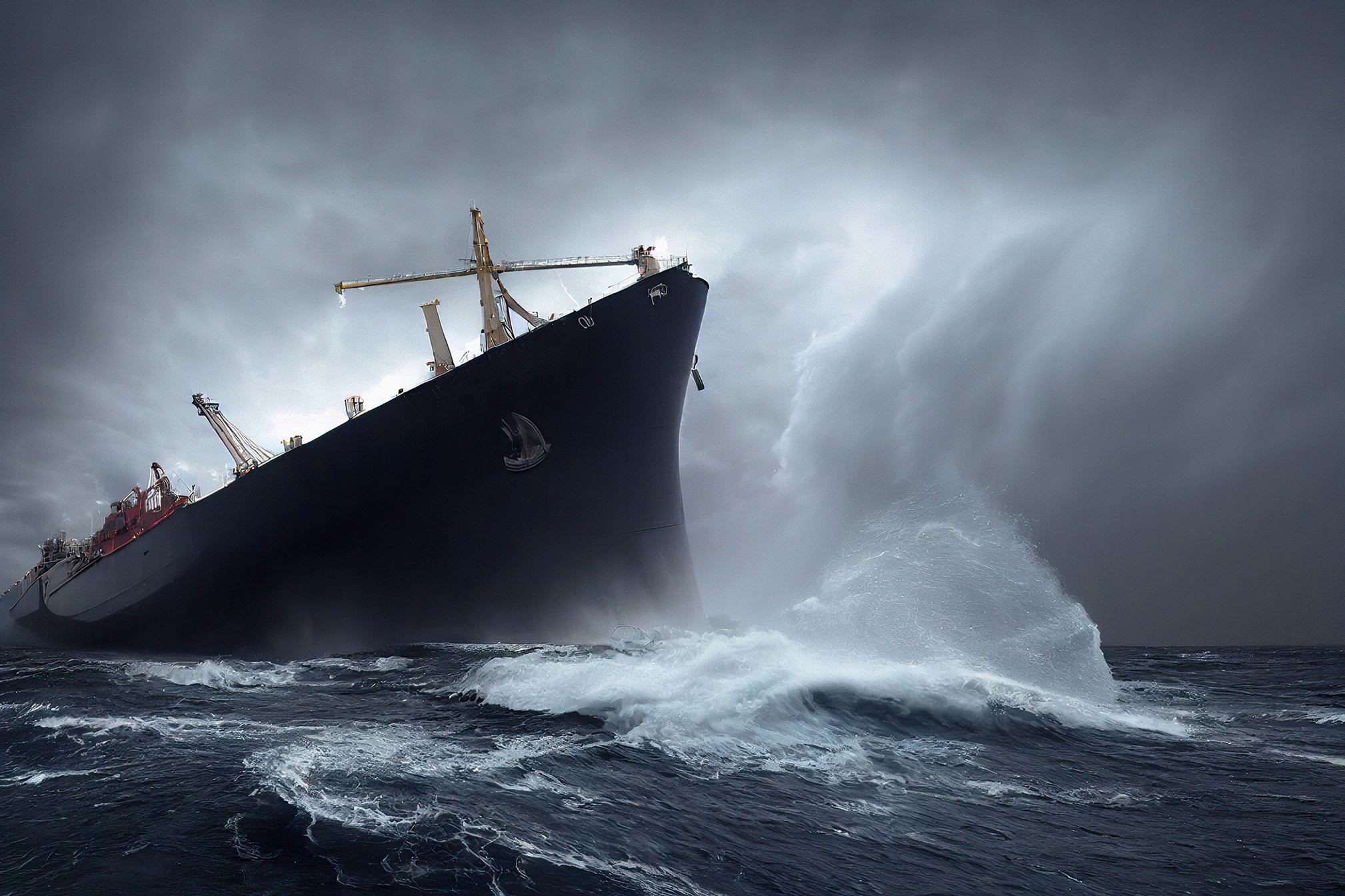
How the El Faro VDR was found and used to improve safety
As a follow-up to our recent blog looking at how VDR data is actually used, the maritime accident investigation into the sinking of the merchant vessel SS El Faro highlights both the challenges of retrieving VDRs from the ocean floor and the benefits to maritime safety of the data they record and store.
The El Faro was a United States-flagged cargo ship that was lost at sea with its entire crew of 33 on October 1st, 2015, when it sailed close to Hurricane Joaquin on its voyage from Jacksonville, Florida, to San Juan, Puerto Rico.
Retrieving the VDR
The USNS Apache, equipped with a towed pinger locator, side-scan sonar, and a remotely operated vehicle, located the wreck of the El Faro at an approximate depth of 15,000 ft (4,600 m) on October 31st. By November 16th, the US National Transportation Safety Board (NTSB) announced that the search had concluded but the VDR has not been found.
The RV Atlantis, a Navy-owned vessel operated by Woods Hole Oceanographic Institution (WHOI) was used for the second VDR search starting on April 18th, 2016, and was successful in its mission when it was located attached to a mast that had broken off the El Faro, some 450 metres from the main wreck.
It was not possible to retrieve the VDR due to the risk of damage because of its proximity to the mast and other obstructions at this time, but a third mission saw the USNS Apache return to the site and successfully retrieve the VDR on August 10th. At a depth of 3 miles below the surface, the mission was the deepest successful recovery of a VDR in history (the VDR in question, was actually manufactured by Danelec for one of our OEM partners).
The investigation
The National Transportation Safety Board (NTSB) conducted an investigation into the sinking of the El Faro, and released their final report in 2017. The investigation found that the captain had made a critical error in judgment by attempting to navigate the ship too close to the hurricane's centre.
The investigation was aided by data recorded on the El Faro's Voyage Data Recorder (VDR), which captured important information – including 26 hours of audio from the bridge – leading up to the sinking. Additionally the VDR provided information on the ship's navigation, speed, and heading as well as the available weather data, which provided important insights into the conditions at sea for the investigation team. Danelec's technicians extended support to the NTSB by visiting their office and assisting in the extraction of data from the VDR capsule. Their invaluable contributions played a vital role in the investigation's success.
The VDR data showed that the captain relied on outdated weather information and failed to take into account the storm's rapid magnification. The NTSB report concluded that the captain's decisions, combined with inadequate safety management systems and ineffective bridge resource management, led to the loss of the ship and the tragic loss of life.
Lessons learned
Overall, the investigation showed that the sinking of the El Faro was a preventable tragedy. The VDR data helped to piece together what happened and identify the key factors that contributed to the sinking and while this was essential in establishing what happened, it was also vital to learn lessons from the incident.
Andy Bowen, Principal Engineer at WHOI explained the significance of recovering the VDR in a 2017 Chronicle 5 TV report about the El Faro sinking and subsequent VDR recovery process. “The retrieval of the VDR was so important, not only for those who lost their loved ones but also for the investigators to be able to draw the maximum amount of information out of it. I have no doubt that it would play an important role in how future mariners go about their business.”
Lessons learned include the importance of effective communication, risk management, and training. The investigation has led to several important changes to improve maritime safety and prevent similar tragedies from happening in the future, such as The U.S. Coast Guard’s new regulations requiring ships to have more accurate weather information and to avoid areas of heavy weather, and the NTSB’s recommended improvement to Safety Management System (SMS) requirements for ships.
Get in-touch
Want to get in-touch with us? Want to know more about our products and services offering? We are keen to hear from you and will make sure to get back to you as quickly as possible.